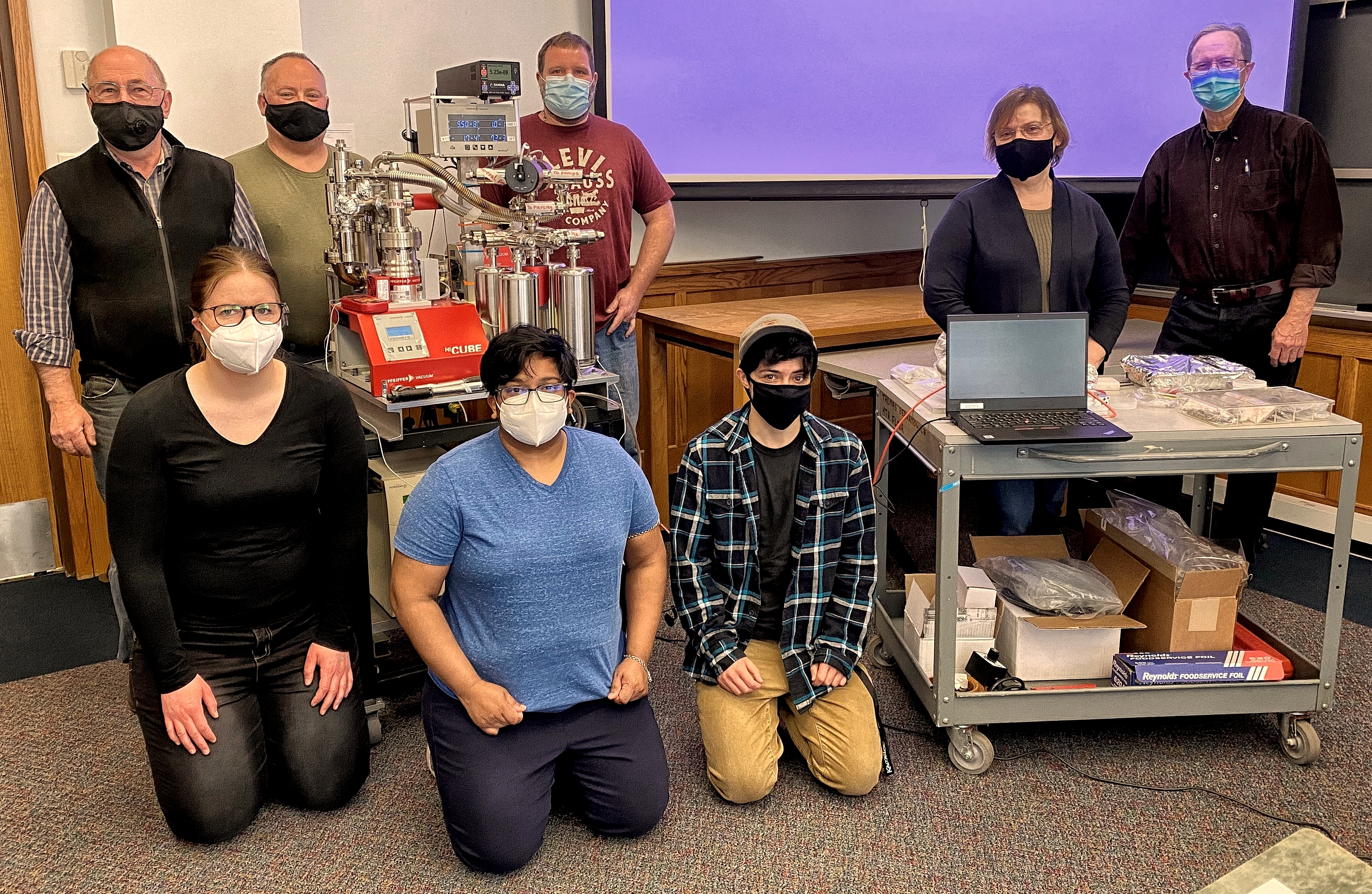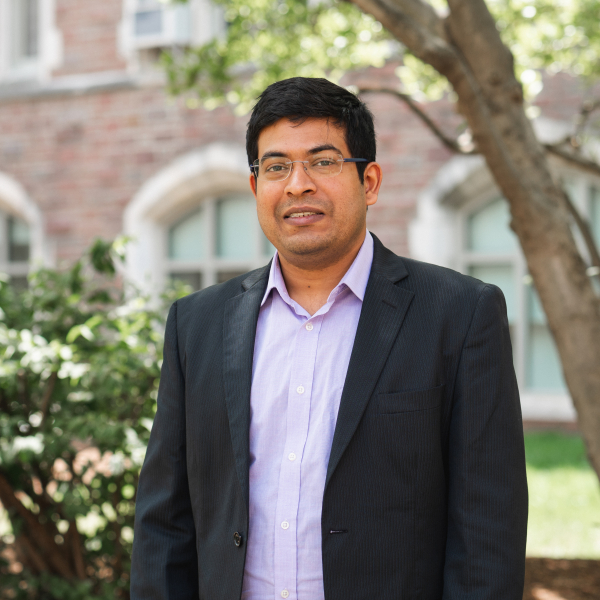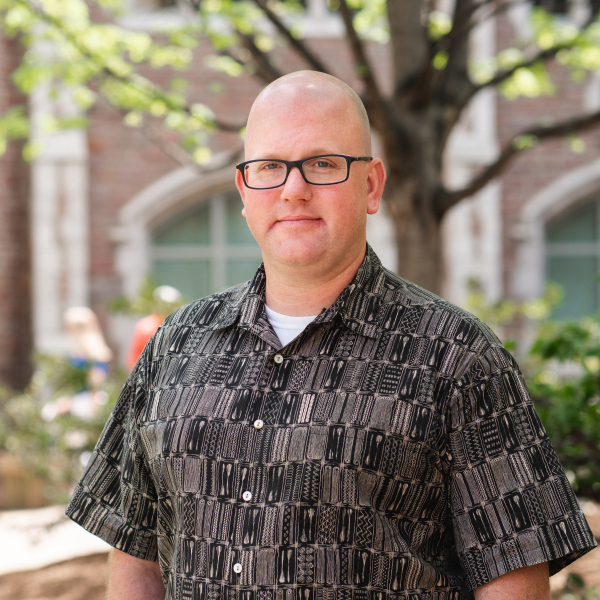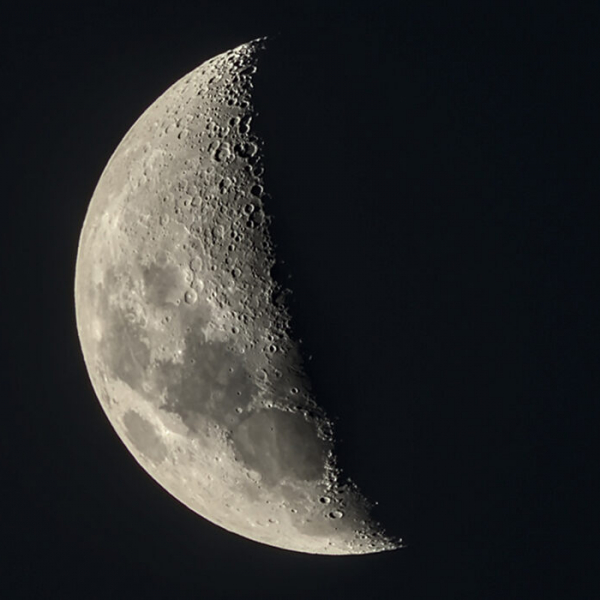In 2019, NASA selected nine teams to study pieces of the Moon that have been carefully stored untouched for nearly 50 years. A total of $8 million was awarded to the teams by NASA’s Apollo Next Generation Sample Analysis program (ANGSA).
“Returned samples are an investment in the future. These samples were deliberately saved so we can take advantage of today’s more advanced and sophisticated technology to answer questions we didn’t know we needed to ask,” said Lori Glaze, acting director of NASA’s Planetary Science Division.
A group of scientists from the Departments of Physics and Earth and Planetary Sciences, led by Earth and Planetary Sciences Professor Brad Jolliff, is part of one of these teams - the Consortium for the Advanced Analysis of Apollo Samples (CAAAS), directed by Dr. Charles Shearer from the University of New Mexico. The goal of CAAAS is to systematically examine the double drive tube core collected by Apollo 17 astronauts Harrison Schmitt and Gene Cernan from a landslide deposit during their exploration of the Taurus-Littrow Valley in December 1972.
The bottom portion of the core was sealed in a vacuum container on the surface of the Moon and is currently stored at the lunar samples curation facility at Johnson Space Center (JSC) in Houston (see header image). Before it can be opened and dissected for analysis, the CAAAS team plans to analyze the gases from the vacuum container. To do so, an ultra-high vacuum apparatus to transfer gases released from the sealed core into several high purity vacuum cylinders was designed and constructed at Washington University in St. Louis. The cylinders will then be sent to selected laboratories in the US and Europe specializing in high-precision analyses of oxygen, nitrogen, noble gases, and organics.
The gas extraction team, led by Research Professor of Physics Alex Meshik, proposed the design to NASA in 2020 and once NASA approved the design, assembly of the apparatus began. This May, assembly was completed with the help of the machine shop in the Department of Physics. The apparatus was assembled in the Laboratory for the Space Sciences on the 4th floor of Compton Hall in collaboration with the Department of Earth and Planetary Sciences and help from Sean Flynn, an engineer from Nor-Cal/Pfeiffer, a manufacturer of the major high-vacuum components.
The WashU team, which is known nationally and internationally for high-precision noble gas analyses of terrestrial and extraterrestrial materials - from various bodies in the solar system, including the Sun itself (Genesis mission) and cosmic dust (Stardust mission) - includes Alex Meshik and Research Associate Professor Olga Pravdivtseva from the Department of Physics and Assistant Professor Rita Parai and research assistant Julian Rodriguez from the Department of Earth & Planetary Sciences.
The finished gas extraction manifold was transported and hand-delivered to Johnson Space Center where it was received by Washington University alumnus Dr. Ryan Zeigler, the Apollo Sample Curator. Professors Meshik and Pravdivtseva, along with Dr. Zeigler and Dr. Juliane Gross, deputy curator, installed and successfully tested the apparatus in the lunar sample curation clean lab facility at JSC. The analyses of the core gases are planned for the fall of this year, when the puncture tool built by the European Space Agency (ESA) members of CAAAS is scheduled for delivery to JSC.

Header image: Vacuum sealed core in the lunar sample curation facility at Johnson Space Center. The stainless steel container is additionally bagged in teflon to minimize terrestrial contamination.




